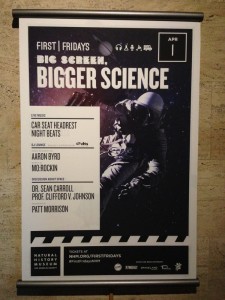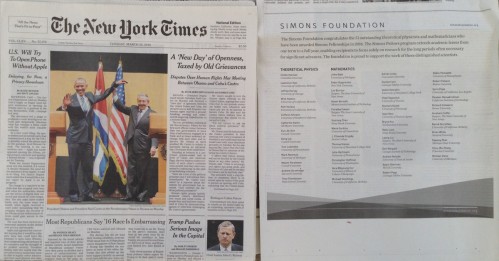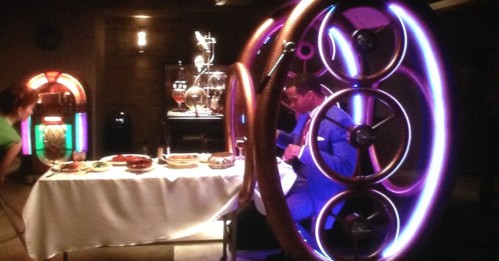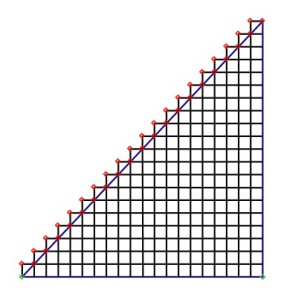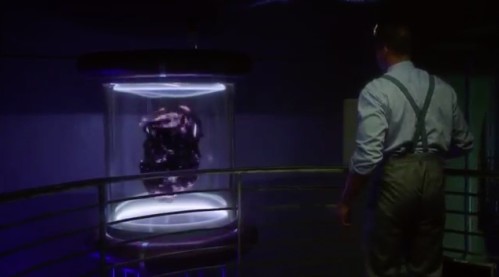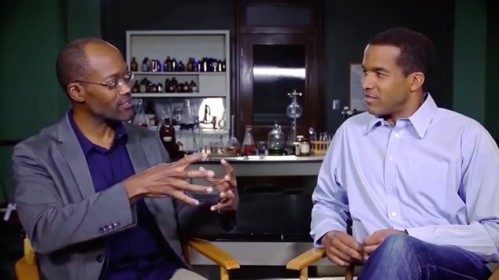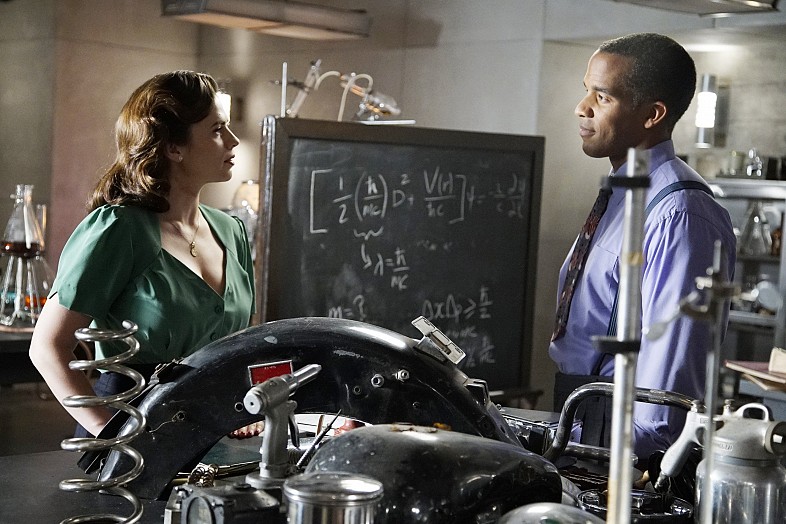 Ok, I promised to explain the staircase I put up on Monday. I noticed something rather nice recently, and reported it (actually, two things) in a recent paper, here. It concerns those things I called “Holographic Heat Engines” which I introduced in a paper two years ago, and which I described in some detail in a previous post. You can go to that post in order to learn the details – there’s no point repeating it all again – but in short the context is an extension of gravitational thermodynamics where the cosmological constant is dynamical, therefore supplying a meaning to the pressure and the volume variables (p,V) that are normally missing in black hole thermodynamics… Once you have those, it seems obvious that you can start considering processes that do mechanical work (from the pdV term in the first law) and within a short while the idea of heat engines in which the black hole is the working substance comes along. Positive pressure corresponds to negative cosmological constant and so the term “holographic heat engines” is explained. (At least to those who know about holographic dualities.)
Ok, I promised to explain the staircase I put up on Monday. I noticed something rather nice recently, and reported it (actually, two things) in a recent paper, here. It concerns those things I called “Holographic Heat Engines” which I introduced in a paper two years ago, and which I described in some detail in a previous post. You can go to that post in order to learn the details – there’s no point repeating it all again – but in short the context is an extension of gravitational thermodynamics where the cosmological constant is dynamical, therefore supplying a meaning to the pressure and the volume variables (p,V) that are normally missing in black hole thermodynamics… Once you have those, it seems obvious that you can start considering processes that do mechanical work (from the pdV term in the first law) and within a short while the idea of heat engines in which the black hole is the working substance comes along. Positive pressure corresponds to negative cosmological constant and so the term “holographic heat engines” is explained. (At least to those who know about holographic dualities.)
So you have a (p,V) plane, some heat flows, and an equation of state determined by the species of (asymptotically AdS) black hole you are working with. It’s like discovering a whole new family of fluids for which I know the equation of state (often exactly) and now I get to work out the properties of the heat engines I can define with them. That’s what this is.
Now, I suspect that this whole business is an answer waiting for a question. I can’t tell you what the question is. One place to look might be in the space of field theories that have such black holes as their holographic dual, but I’m the first to admit that […] Click to continue reading this post →

